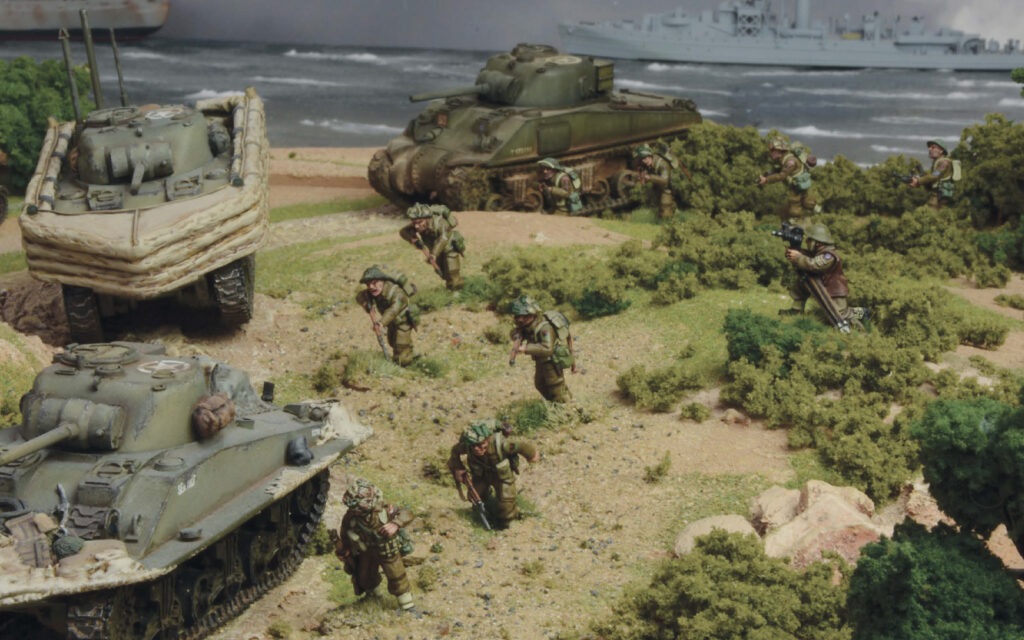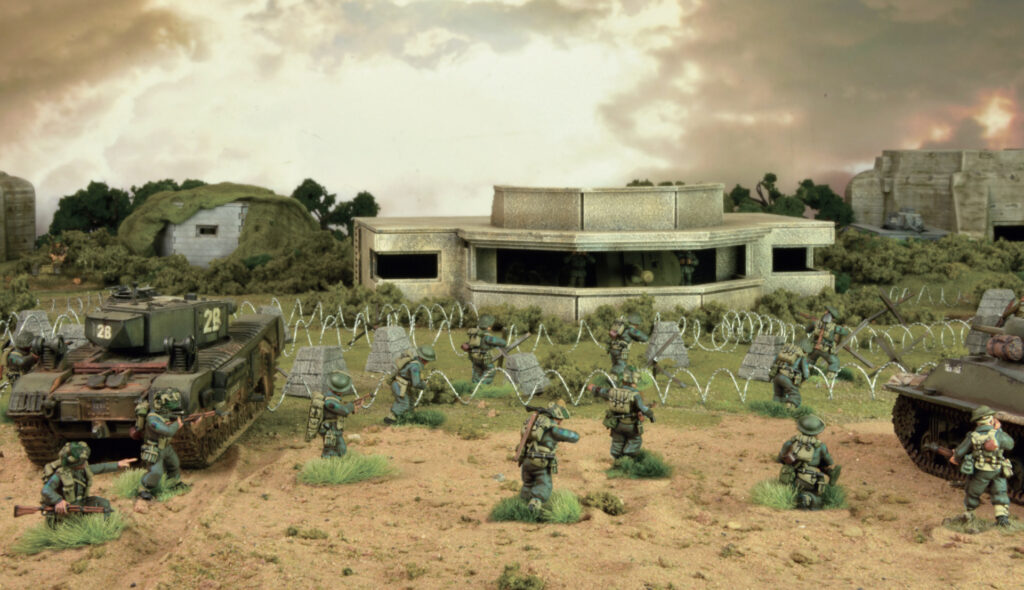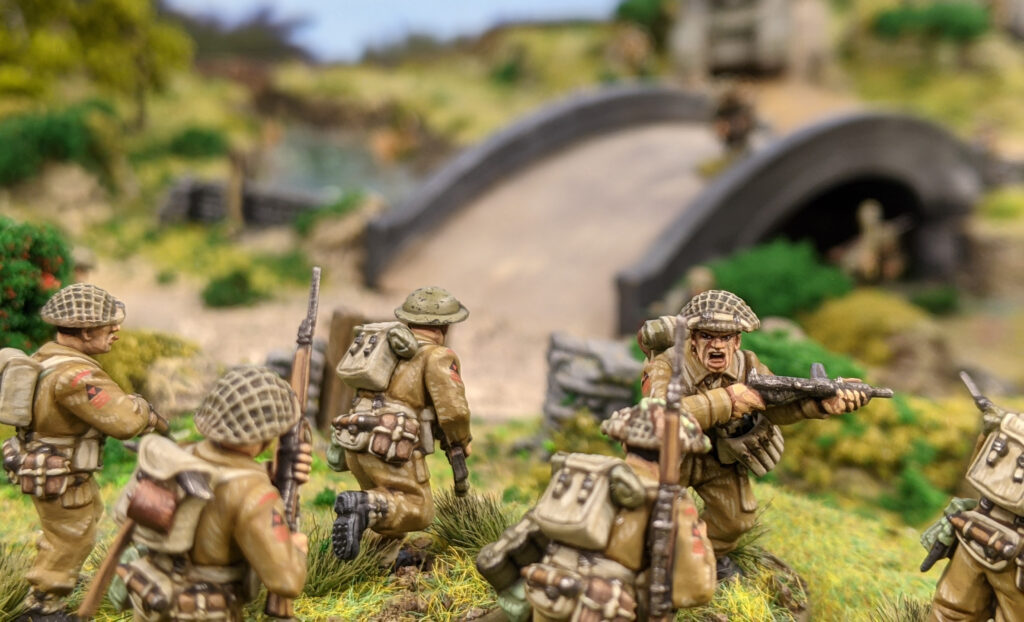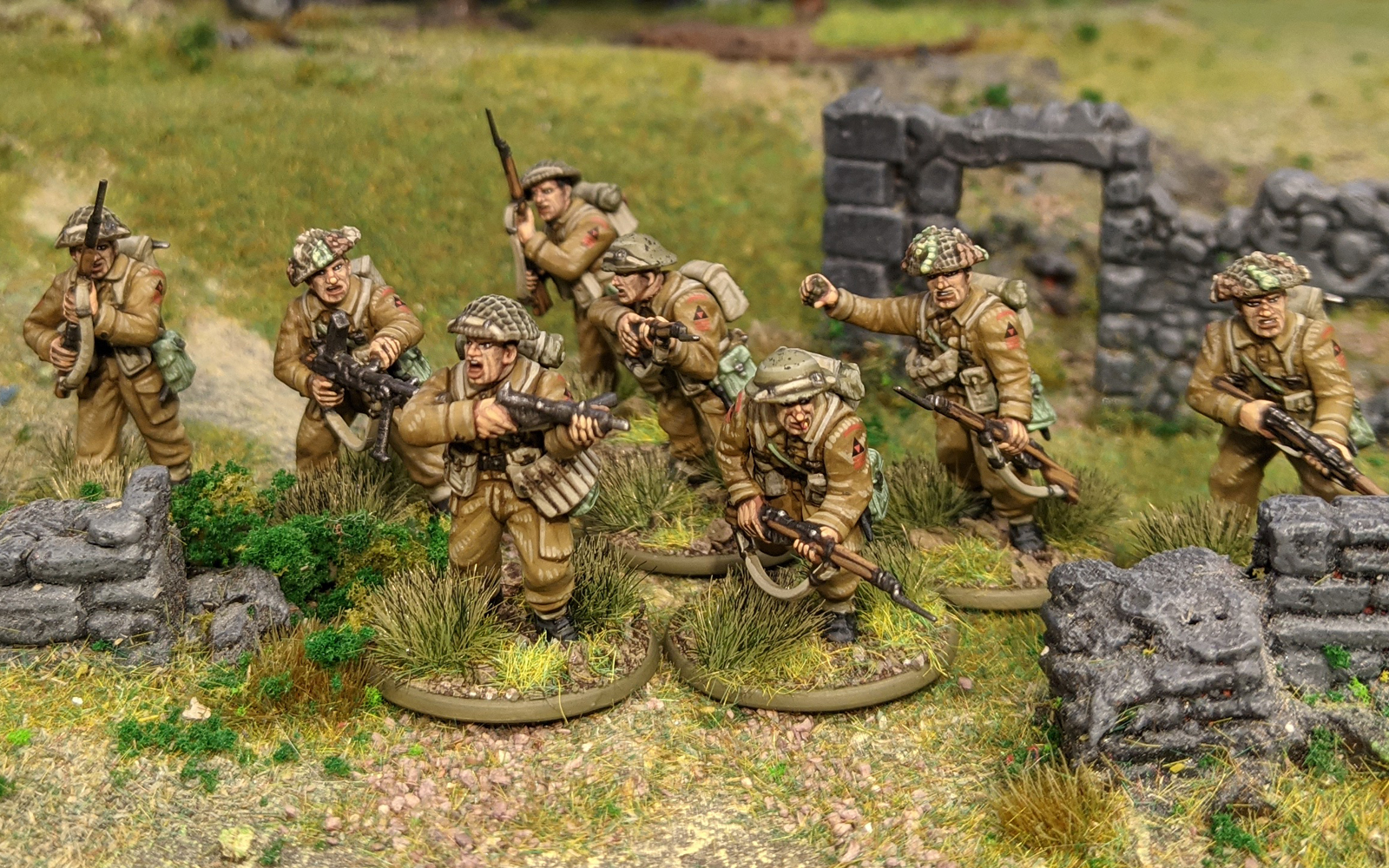The Assault on Juno Beach

The hard-fighting Canadians’ landing on Juno beach would make the deepest penetration of the day into occupied France. Juno beach stretched from Graye-sur-Mer to Saint-Aubin-sur-Mer in between the Gold and Sword beachheads. The landing was made by the 3rd Canadian Division commanded by Major General Rodney Keller. Supporting the division were the 2nd Canadian Armoured Brigade and the funnies of the 1st Assault Brigade, 79th Armoured Division. The Juno sector was divided into Mike and Nan sectors. Mike sector was divided into Green and Red beaches. On Mike Green and Red, at the right flank of the assault, the Royal Winnipeg Rifles would land facing Graye-sur-Mer and the outskirts of Courseulles-sur-Mer, into the jaws of Resistance Nest 31 (WN 31). To their left were the Royal Regina Rifles landing on Nan Green, in a frontal assault on WN 29 and Courselles-sur-Mer. WN 29 was the toughest strongpoint in the Juno sector, bristling with two light howitzers, an 88mm anti-tank gun and multiple Tobruk emplacements. Supporting these assaults, centred around Courseulles-sur-Mer, were the DD tanks of the 6th Canadian Armoured Regiment and the follow up Battalion of the Canadian Scottish Regiment. On the Canadians’ left flank were the landings at Bernières-sur-Mer and Saint-Aubin-sur-Mer on Nan White and Red Beaches, spearheaded by the Queen’s Own Rifles and the North Shore Regiment. The area here was defended by WN 27 and WN 28 respectively. The first waves were to be supported by the 10th Canadian Armoured Regiment and the French Canadian Le Regiment de la Chaudiere. Supporting the Canadians all along Juno beach were the ‘funnies’. The flail tanks of the 22nd Dragoons and Westminster Dragoons, and squadrons from the 5th Assault Regiment landing in Churchill AVREs. Centaurs from the Royal Marine Armoured Support Regiment also supported the landings.
The preliminary air and naval bombardments were as ineffective as they had been on Gold and Omaha Beaches, with the vast majority of German positions still intact. As the landing craft headed for the beaches the bombardment of the German positions continued. Destroyers and close artillery support vessels provided fire support. This included rocket firing landing craft and M7 Priests of the Royal Canadian Artillery which fired over the bows of their landing craft as they moved closer to shore. They continued to support the infantry as they advanced inland. The landing craft were launched eleven kilometres out from the beach in very rough weather. Launching this close in meant they didn’t face the extreme navigational problems the Americans did. A problem they did face were the beach obstacles. Landing at 0745hrs on Mike and Nan Green beaches and 0755hrs on Nan White and Red meant that the beach obstacles were mostly submerged. The obstacles would wreak havoc on the landing craft, with 30% of the total landing craft used on Juno either damaged or destroyed by beach obstacles. Landing at high tide did have its advantages. The higher tide meant the infantry would need to traverse less ground before they reached cover.
With the rough seas creating havoc it was decided that the DD tanks would be launched closer to shore from about 500 to 2,000 metres out rather 5,000 metres out as originally planned. The result was that the DD tanks would arrive later than the first wave, and the tanks landing on the beach via landing craft.
The DD Shermans did not arrive early as planned and much of first wave landed without tank support. The first tanks to land were Sherman tanks rather than the specialised armour which generally arrived late. As the Canadians landed, they were surprised by the deadliness of the Germans’ enfilade fire due to the positioning of the bunkers. This flanking fire caused heavy casualties in the first minutes of the landings. With the abundance of tank support the Canadians did eventually get they would soon overwhelm these positions and move inland. The Royal Winnipeg Rifles spent the first few minutes of their assault without tank support, and suffered dreadfully from German fire sweeping the beach. The Canadians did manage to overwhelm the German defences and rapidly move inland.

At WN 29, Shermans battered German gun positions at close range with their 75mm shells hitting the German guns through their firing slits. After taking deadly fire on the exposed shore the Royal Regina Rifles overwhelmed WN 29 and headed into Courselles-sur-Mer where tough and bitter street fighting ensued for possession of the town which lasted until early afternoon.
In Campaign D-Day: Overlord you’ll find a scenario allowing you to replicate the Canadian Frontal Assault on WN 29. The Canadians need to destroy or capture at least four of six bunkers of Resistance Nest 29, so they can advance into Courseullessur-Mer and take it. The German defenders must stop the Canadians on the beaches.
At Bernières-sur-Mer the Queen’s Own Rifles landed in front of WN 28, a strongpoint that was bristling with machine gun and mortar Tobruk pits. Again, in the first few minutes casualties were heavy as they covered the 200 metres to the sea wall. Casualties for some companies were as high as 50%. From the sea wall they were able to infiltrate the enemy positions and take out the strongpoints one by one. The situation improved drastically when tank support finally arrived. Bernières-sur-Mer was soon taken after a fierce fight. By 0830hrs the Canadians were moving inland.
At 0845 the 48 RM Commandos landed on Nan Red beach. With the beach still under fire only 50% of the commandos were initially able to fight their way off the beach. Those that cleared the beach began to make their way to their objective; the strongpoint WN 26 at Langrune-sur-Mer. When the commandos neared WN 26 naval gunfire from the destroyer Vigilant hit the bunker complex to little effect. As the commandos approached, they were fired on by the defenders as they worked their way through a minefield. On reaching WN 26 they found their way blocked by a 4’ thick concrete wall. Royal Marine Centaurs joined the attack, destroying a German machine gun pillbox, but they were unable to breach the wall. The commandos also tried explosives, but this also failed. The RM Commandos would not break through to their objective until the following morning.
By the end of D-Day the 3rd Canadian Division had a firm beachhead in Normandy. They had linked up with the 50th Division at Gold Beach but could not reach their objective at the Carpiquet aerodrome near Caen and could not cut the Bayeux-Caen road. The Juno and Sword beachheads also failed to link up thanks largely to the counter-attack by the 21st Panzer Division in the afternoon, but also due to the stalled advance of the RM Commandos. Still, the landings at Juno were a triumph, as men and materiel poured onto Juno beach. It was a far cry from the disaster the Canadians had suffered at Dieppe two years earlier.

On the next page we take a look at fielding a Canadian Army in Bolt Action.

1 comment
Thank you, much appreciated.
Comments are closed.